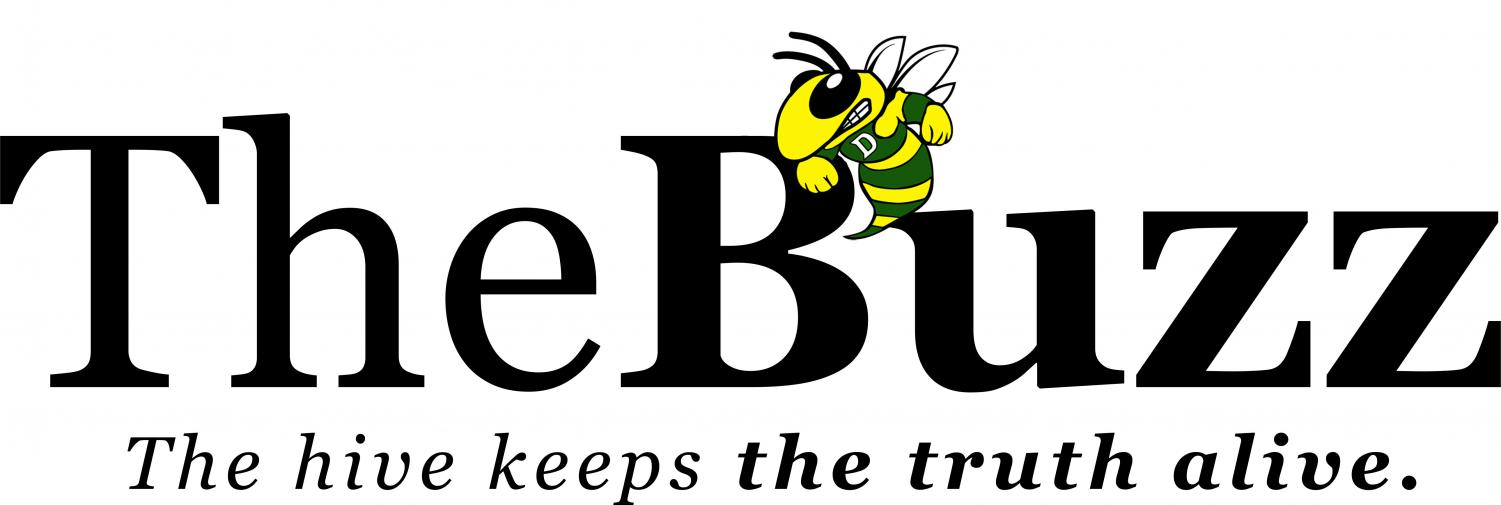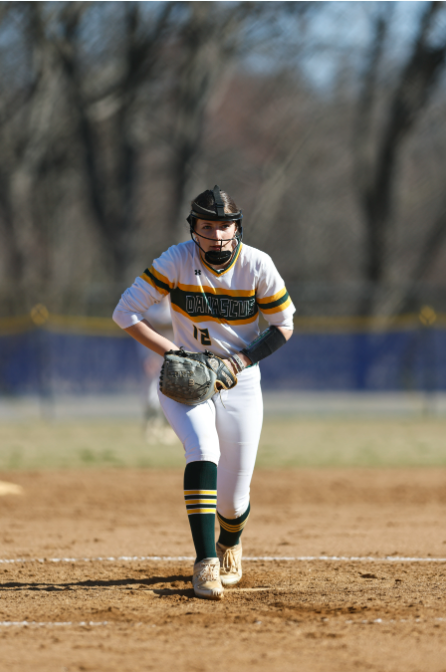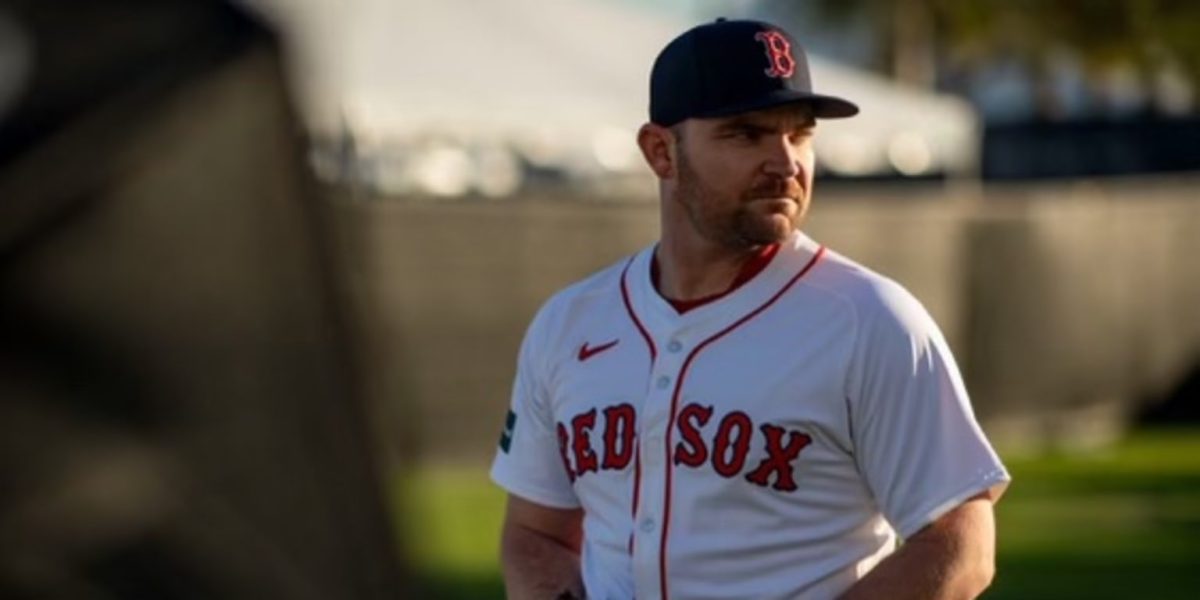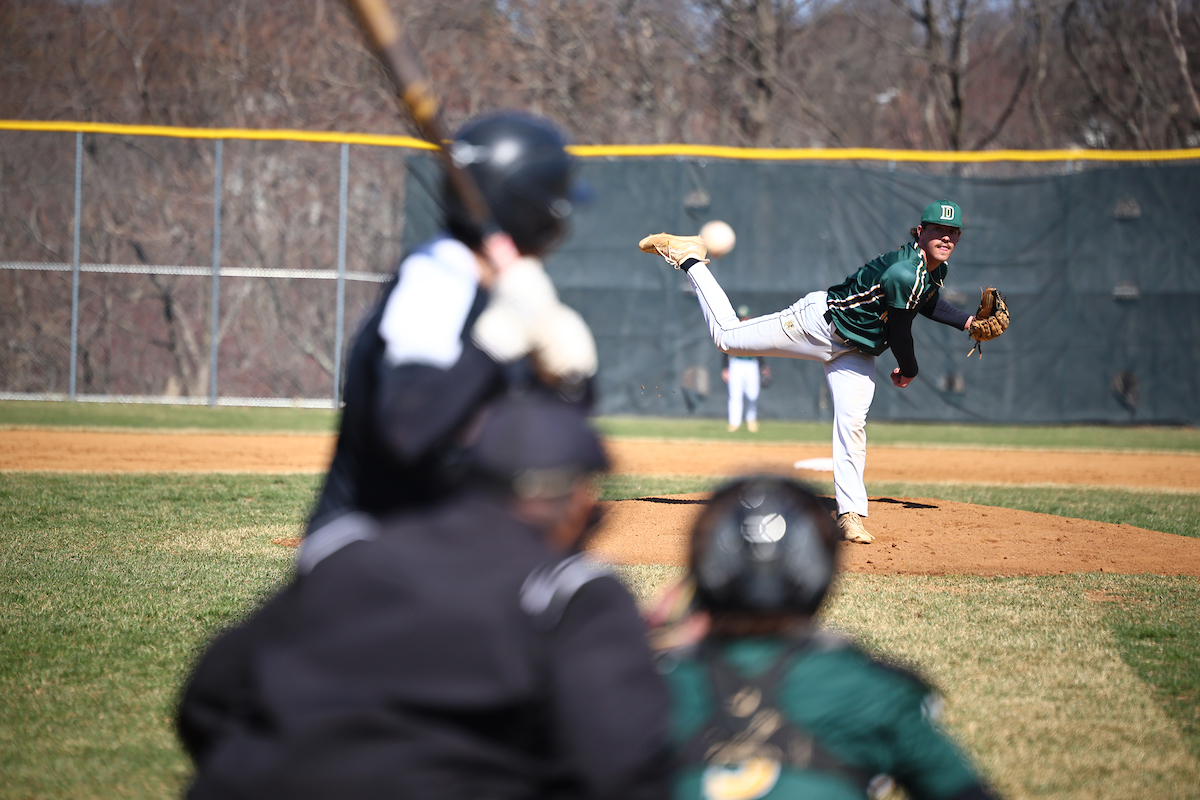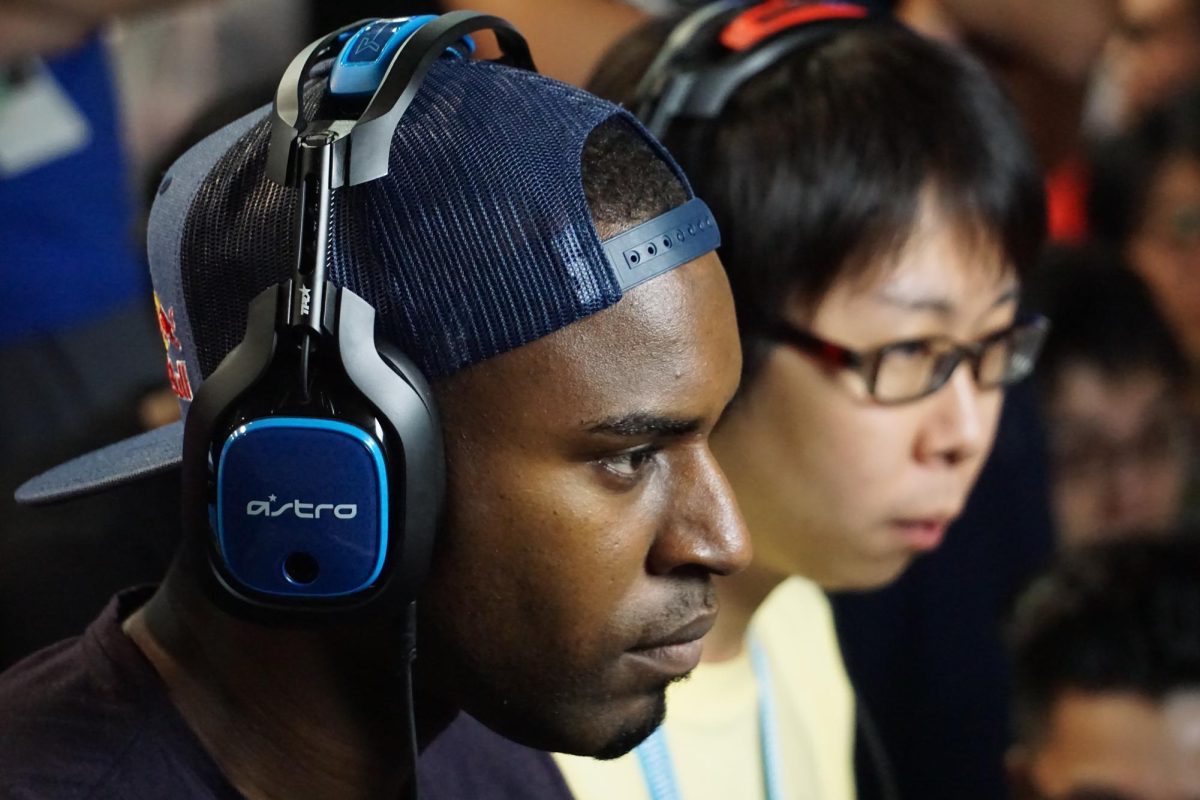Get Your Head Out of The Game
Is heading a ball safe?
Senior varsity winger Samantha McIlvaine takes the throw-in during a home game against Blair.
October 19, 2022
For years, youth soccer coaches and parents as well as professional soccer players have been debating whether heading the ball is safe. How are we heading into this conversation?
“I think [heading the ball] is an important [move] in soccer and one that definitely belongs,” Girls’ Varsity Coach and English teacher Alexander Hall said.
Soccer is a contact sport, which is the perfect environment for injuries to occur. DHS, along with many other schools in MCPS, allow players to head the ball during games. The move is risky but is believed to have value in the sport, according to players, coaches and athletic trainers.
The Player’s Perspective
Ever since elementary school, junior and captain of the JV girls’ soccer team Vivana Aubley has been playing soccer, giving her a wide perspective on the issue. She believes that headers are useful even though they come with a risk of injury.
“[Heading the ball is] very useful and it can happen in a lot of situations,”
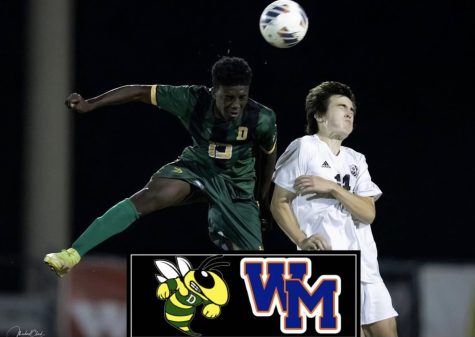
Aubley, said. Even though she is in favor of the move, Aubley holds a level of concern for her teammates.
“I definitely worry that people are going to get injured, but I think that everyone knows how to play the game safely so no one is going to get hurt,” Aubley added.
Practice becomes prevention. Staying within the guidelines of the rules, the more that players practice, the better off they may be in their future soccer career.
“I think that you should start heading [the ball] in middle school ’cause if you’re young, you could get a concussion and that’s not going to be good for your brain,” Aubley said.
Safely knowing how to play the game from an early age allows players to know what they are doing on the field, helping to keep them from getting injured.
When asked whether she has ever been injured while playing, Aubley responds with a resounding “No. I think heading a ball in soccer is fine as long as you’re hitting on the right part of your head.”
The Coach’s Perspective
Coach Hall has been playing soccer his whole life and has been coaching here for five years, this being his third year with the Girls’ Varsity team.
“Coming here, I had an immediate opportunity to coach the JV boys, and then the year after that I had another opportunity to coach the varsity girls,” Hall said. “I’ve loved every minute of it.”
Hall’s insight into the dynamics of the sport comes from not only his years coaching high schoolers but also 7th and 8th graders.
Youth leagues typically don’t allow headers. In 2015, the United States Soccer Federation created a policy that “will prohibit players age 10 and younger from heading the ball and will reduce headers in practice for those from age 11 to 13,” according to the New York Times.
“For very young kids, I would be understanding of questioning the validity of heading rules, but for adults, it is a very important part of the game,” Hall said.
On the field, every second of the game matters. The movement of the players and their judgment of the game are equally important.
“Headers are instrumental to the sport because they are the biggest surprise factor,” Hall explained. “You’re only getting one touch and sometimes even the person heading the ball doesn’t know where it’s going to go, and it can be very tricky for goalies to figure out or even catch a ball that’s coming off a header.”
Heading the ball becomes more strategic as players gain experience on the field.
“Adults judge velocity and make decisions based off of what’s going on with their header,” Hall added. “They can do a quick risk-reward calculus in their heads before they make this play, but kids don’t have as much of a framework to figure that out in the heat of the game.”
As far as keeping our his players safe while practicing their sport, “we can talk about strategies to prevent dangerous places and do our best to implement them, but we can only control ourselves, we can’t control everyone else,” Hall said. “There’s no perfect answer to prevent injuries, other than to just be mindful of it to the fullest extent we can be.”
The Athletic Trainer’s Perspective
Jeremy Dockter has held a love for sports his whole life, leading him to become an athletic trainer.
In any sport, a concussion is the biggest worry, which is why all athletes in MCPS are required to undergo IMPACT testing at the beginning of each athletic season. In the event of an injury, trainers and caregivers use baseline data from the test to determine whether the athlete has a concussion.
The risk of concussion is raised in contact sports and because of the unpredictability of symptoms, some players endure months of recovery. However, Dockter clarifies that when it comes to heading, concussions aren’t the biggest worry even with youth players.
“The biggest [concern] when [injured athletes are] under 11 is that typically, especially with orthopedic and [muscular] injuries, [is that] they heal quicker,” Dockter said. “[The effects] tend not to be as severe at that level.”
Making contact with the ball when players try to gain possession when using a header is not the only concern.
“A head injury that you could get typically isn’t from straight heading the ball,” Dockter said. “Maybe [players] both hit heads [when] they’re going for a header, something along those lines.”
Recovery time, mental coping and the pain caused by a concussion come down to the individual. Any injury can become detrimental, but head injuries can be the worst type of injury to happen to an athlete.
“The worst case scenario obviously is death, potentially,” Dockter said when asked about the severity of concussions. “If you get a severe enough head injury there’s a subdural or epidural hematoma so basically bleeding on the brain.” The swelling that is caused by the bleeding presses on the cranium and then becomes deadly, which is highly unlikely to occur from a heading a soccer ball.
With the help of coaches, practice and especially athletic trainers, most injuries become manageable.
“When I’m watching on the field, I’m obviously trying to monitor the whole [field] at one time,” Dockter explained. “[I’m] seeing if anyone goes down on the field with anything, trying to evaluate what their mechanism was.”
The Medical Perspective
Even though heading a soccer ball isn’t strongly connected with concussions, MRI scans and research conducted by the National Institutes of Health have concluded the relationship between heading the ball and brain function.
“Heading is associated with abnormal white matter microstructure and with poorer neurocognitive performance,” according to the NIH.
White matter is made up of millions of bundles of nerve fibers that connect neurons to different parts of the brain. Damage to white matter affects major brain function.

“Cognitive function, for example how people perform on memory and information processing speed, are adversely associated with heading,” Dr. Michael Lipton, neuroradiologist and Associate Director of the Gruss Magnetic Resonance Research Center at Albert Einstein College of Medicine, stated in an interview with CBS.
